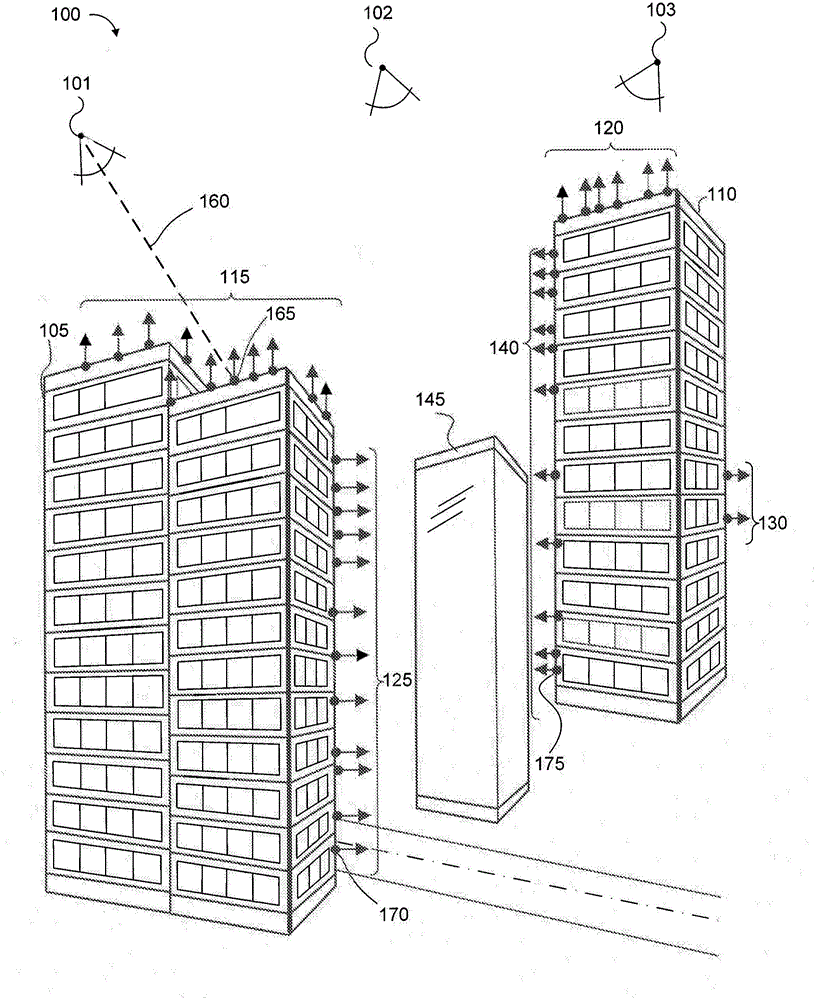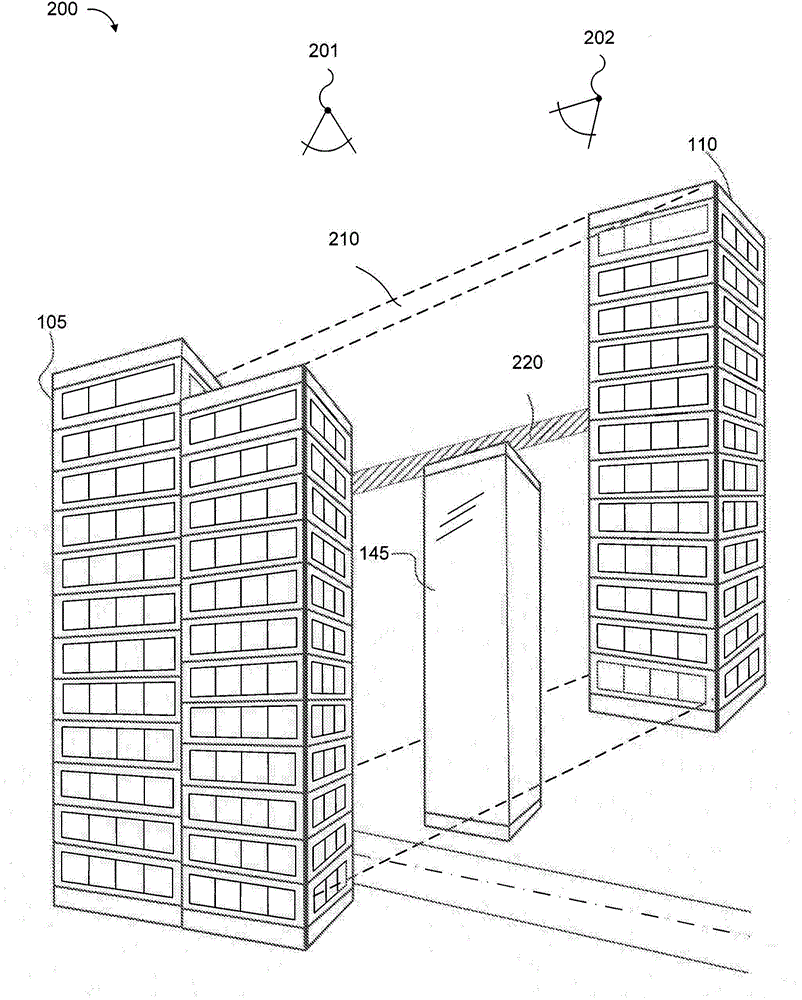Combining narrow-baseline and wide-baseline stereo for three-dimensional modeling
A three-dimensional, three-dimensional technology, applied in the field of three-dimensional modeling, can solve problems such as inaccuracy, incomplete model accuracy, and inaccurate camera perspective.
- Summary
- Abstract
- Description
- Claims
- Application Information
AI Technical Summary
Problems solved by technology
Method used
Image
Examples
Embodiment Construction
[0023] I. Overview
[0024] II. Application of Wide Baseline Stereo
[0025] A. Candidate Surface Points
[0026] B. Visibility of Candidate Surface Points
[0027] C. Surface normals of candidate surface points
[0028] III. Reconstructing Surfaces Using a Second Volumetric Reconstruction Technique
[0029] IV. Application of Narrow Baseline Stereo
[0030] A. Volume of interest
[0031] B. Volume representation of surface possibilities
[0032] C. Surface Estimation
[0033] V. Identify the final surface
[0034] A. Signed distance function
[0035] B. Merging signed distance functions
[0036] VI. Example System
[0037] VII. Example Methods
[0038] VIII. Example Computer Embodiment
[0039] I. Overview
[0040] Embodiments include techniques for three-dimensional modeling. A three-dimensional model can be determined from multiple images of a geographic area taken from different viewpoints by one or more cameras. For example, computational stereo can be used...
PUM
 Login to View More
Login to View More Abstract
Description
Claims
Application Information
 Login to View More
Login to View More - R&D
- Intellectual Property
- Life Sciences
- Materials
- Tech Scout
- Unparalleled Data Quality
- Higher Quality Content
- 60% Fewer Hallucinations
Browse by: Latest US Patents, China's latest patents, Technical Efficacy Thesaurus, Application Domain, Technology Topic, Popular Technical Reports.
© 2025 PatSnap. All rights reserved.Legal|Privacy policy|Modern Slavery Act Transparency Statement|Sitemap|About US| Contact US: help@patsnap.com



